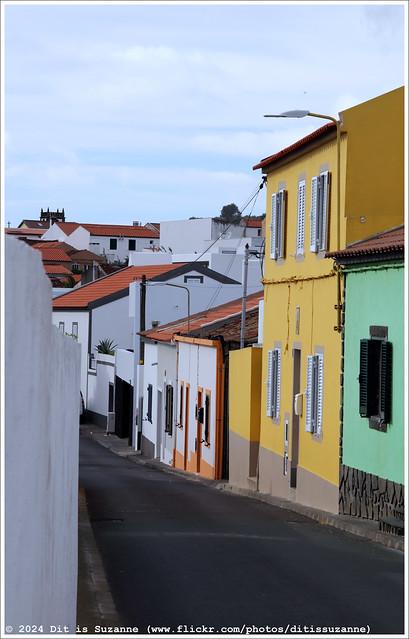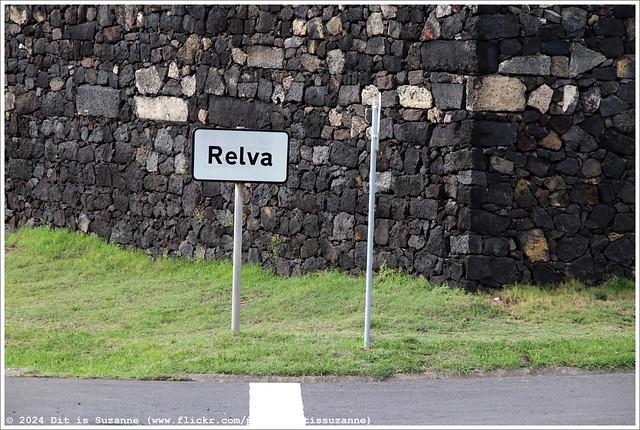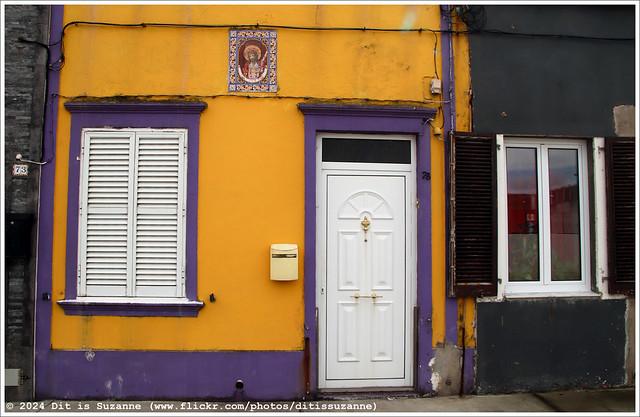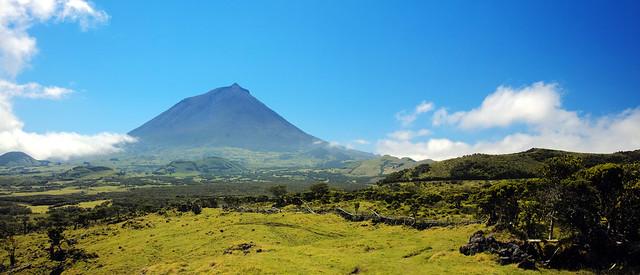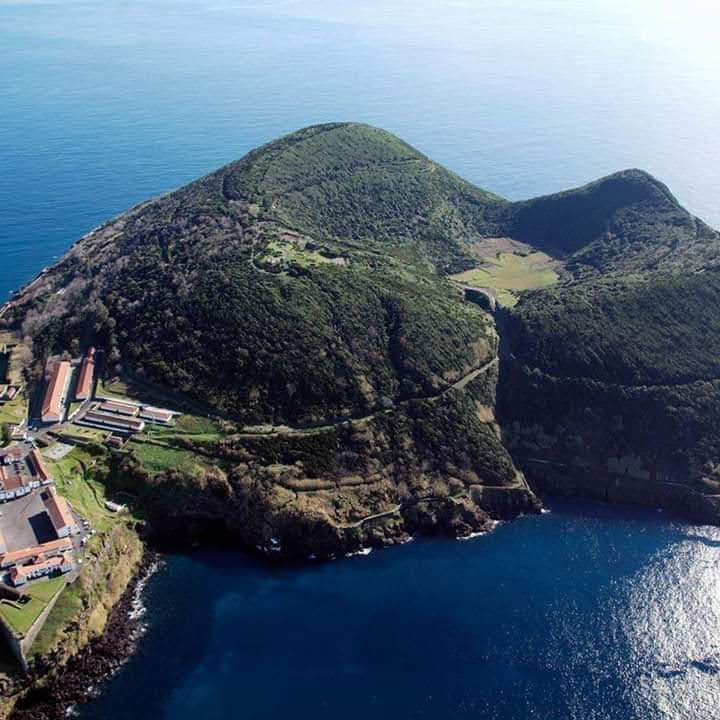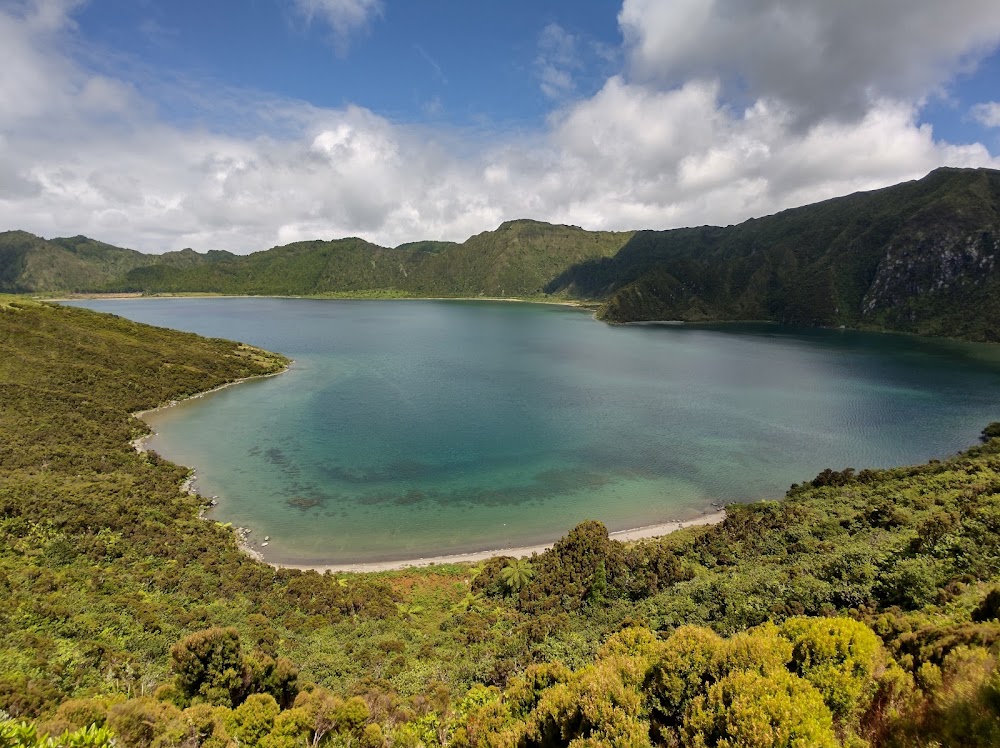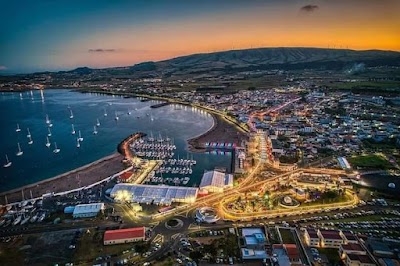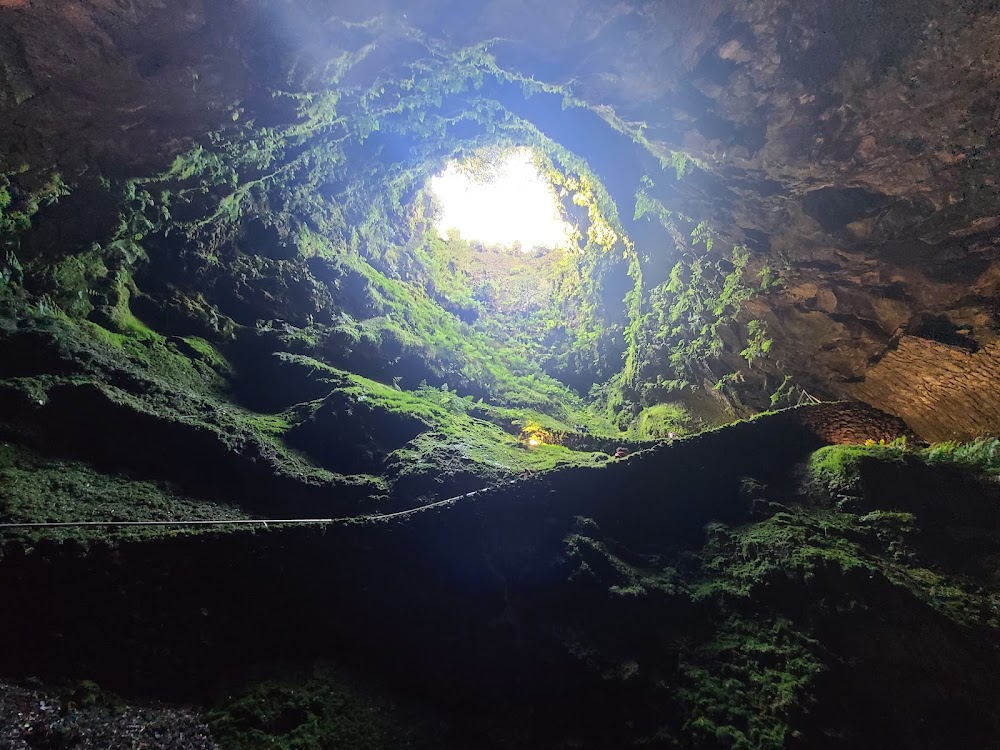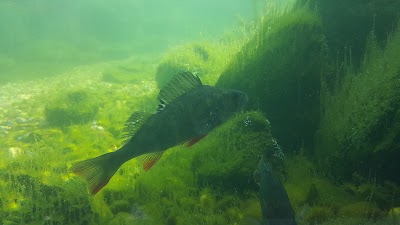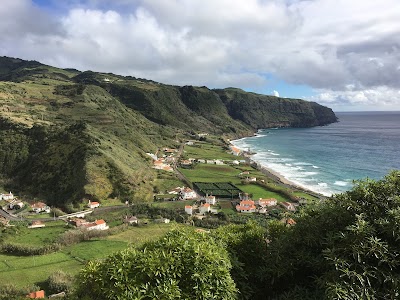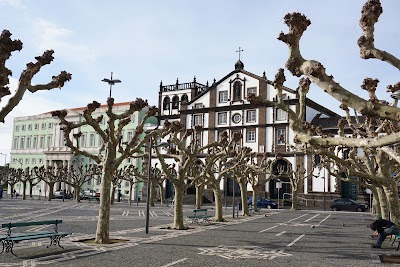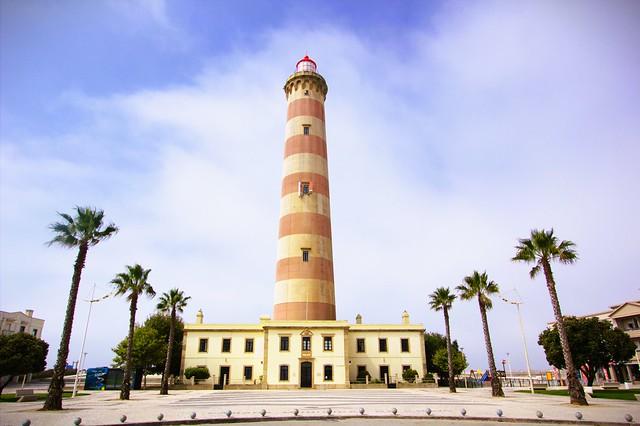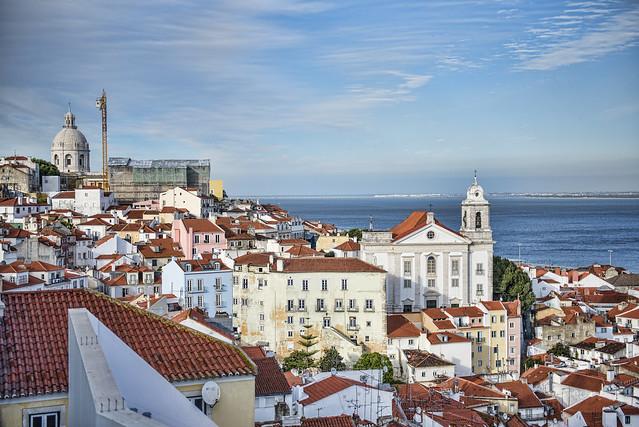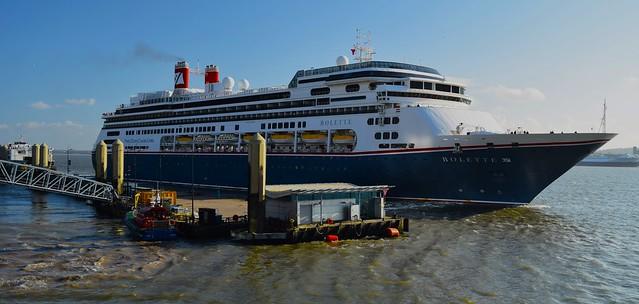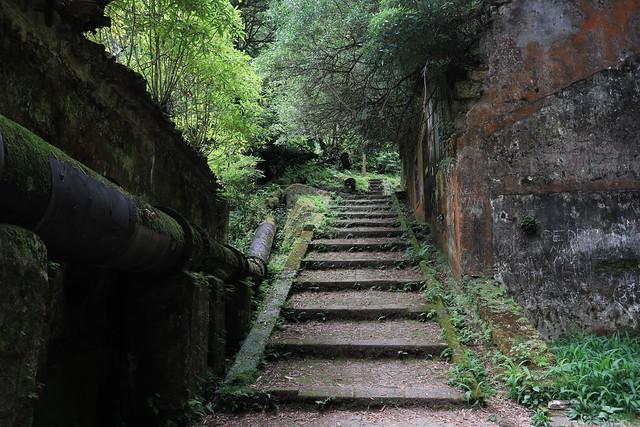Açores
Overview
The Azores: A Hidden Gem of Portugal
The Azores is an archipelago of nine volcanic islands located in the North Atlantic Ocean, about 1,500 kilometers from the mainland of Portugal. This stunning destination is known for its breathtaking landscapes, rich biodiversity, and a culture that reflects a mix of Portuguese, American, and local influences. Each island offers its own unique atmosphere, from the lush greenery of São Miguel to the dramatic cliffs of Pico, making it a paradise for nature lovers and adventure seekers alike.
Natural Wonders
The islands boast an array of natural wonders, including crater lakes, hot springs, and stunning coastal views. On São Miguel, visitors can explore the serene Sete Cidades, a twin lake set within a volcanic crater, where the vibrant blue and green hues of the water create a picturesque scene. The island of Faial features the iconic Capelinhos Volcano, which last erupted in 1957 and offers a striking contrast of black volcanic rock against the azure sea. Outdoor activities abound, from hiking the lush trails of Pico Island, home to Portugal's highest peak, to whale watching in the waters surrounding the islands, where you can spot a variety of marine life.
Cultural Heritage
The cultural tapestry of the Azores is woven with traditional music, cuisine, and festivals. The islands celebrate numerous local festivities, such as the Festas do Senhor Santo Cristo dos Milagres in Ponta Delgada, São Miguel, which showcases vibrant parades, processions, and traditional Azorean music. The local cuisine is a delightful blend of flavors, with dishes like "cozido das Furnas" – a stew cooked underground using geothermal heat – and fresh seafood, particularly the delectable limpets and octopus, which highlight the islands' maritime heritage.
Historical Significance
The Azores have a rich history shaped by exploration and trade. Discovered in the 15th century during the Age of Discovery, the islands became a vital stopover for ships crossing the Atlantic. This historical significance is reflected in the charming architecture of towns like Angra do Heroísmo, a UNESCO World Heritage Site on Terceira Island, where colorful houses and cobblestone streets tell stories of the islands' maritime past. The well-preserved forts and churches across the islands serve as reminders of their strategic importance during various historical conflicts.
Local Characteristics
The local people of the Azores are known for their warm hospitality and strong sense of community. The islands have maintained a slower pace of life, allowing visitors to immerse themselves in the serene surroundings. Traditional crafts, such as pottery and weaving, are still practiced, and local markets offer a glimpse into the artisanal products made by residents. The unique flora and fauna, including the endemic Azorean bullfinch and the stunning hydrangeas that bloom in vibrant colors, reflect the islands' commitment to preserving their natural environment.
Accessibility and Practicalities
Traveling to the Azores has become increasingly accessible, with direct flights from major European cities and connections from North America. Once on the islands, public transportation is available, but renting a car is highly recommended for exploring the more remote areas. The best time to visit is during the spring and summer months when the weather is mild and the landscapes are at their most vibrant.
In summary, the Azores invites travelers to experience a remarkable blend of stunning natural beauty, rich culture, and historical intrigue. Each island offers its own unique character, promising unforgettable adventures for those who seek to explore this enchanting archipelago.
How It Becomes to This
History not available

Places in Açores
Explore the most popular attractions and landmarks
You May Like
Explore other interesting states in Portugal
Discover More Area
Delve into more destinations within this state and uncover hidden gems.


